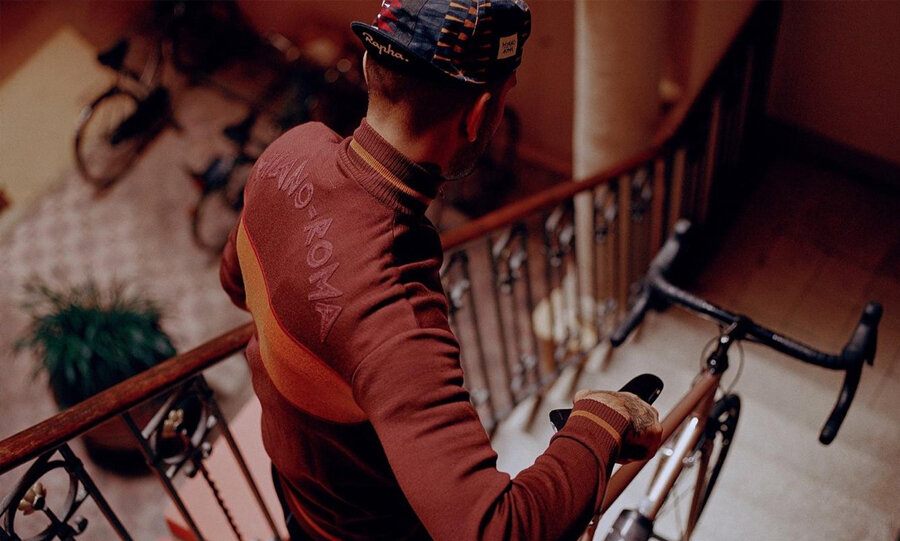Several decades ago when a morph was the latest and greatest video post effect I was working on a television campaign where we decided to finish the spots with a match dissolve—the easier, and dramatically less expensive predecessor of the morph. The agency account director at first didn’t know the difference between the two, and then repeatedly couldn’t remember the difference. Each time we walked out of a meeting or hung up the phone after talking with the client where Steve had made a promise of finishing the spots with a morph I made it a point to explain the difference. And each time my explanation was longer and more detailed with the hope that he would finally get it right. But he didn’t.
Finally after the fourth or fifth time Steve promised a morph I lost my cool just a bit and I locked eyes with him and said, “The difference between a match dissolve and a morph is that a morph costs about ten times as much—and we don’t have the budget to do that. So when the client sees the finished spots and is expecting a morph I’m going to let you figure out how to pay for it.”
Steve never confused the two terms again.
It was a learning moment for both of us. My mistake up to that point was thinking that explaining the difference was enough for Steve to get it right. After all, what I was telling him was factual and worth listening to—but the problem was my message wasn’t sticky enough for him to remember. Only when I finally included the context of cost, something account people often lose sleep over, and also shared that confusing the two terms might create a rather large problem, was I able to illustrate the difference for him in a dramatic, memorable way.
Speaking in a language, or a voice, or a tone, or a fashion, or whatever you want to call it—a way—so that your message becomes memorable is not a luxury, it’s a necessity if you actually want to get people to act. Putting your message in a context that makes it relevant to their lives is critical to success. As advertisers we can’t just spew facts and logic people into doing things. If that was possible there would be a lot more people qualified to work in a creative department. And we’re not wrapping facts in a foreign skin to disguise and trick people into action, we’re couching facts in a context that makes them relevant and motivating to our chosen audience.
Every once in a while when I have to remind myself of why there is a need to do this I pull out an ad that I tore out of a Cleveland newspaper. The only visual is of a graph. The headline reads: “The top line is the cost of electricity. The bottom line is the cost of gas. The shaded area in between is that Hawaiian vacation you’ve been dreaming of.” Remarkable. The last sentence of that headline could have read, The shaded area in between is $29.43 a month, or $327.13 a year and that ad wouldn’t have moved hardly anyone—because those are just numbers that don’t carry a whole lot of meaning unless of course, just saving money happens to be a guiding principle for you (Hint: for most people it’s not). But injecting the context of a vacation in Hawaii into an ad that talks to people who half the year are living under the lead-colored skies of Northern Ohio? Brilliant.
The kissing cousin of adding context is saying what you have to say in a more artful way so that your message becomes more memorable. It’s why David Olgivy penned, “At 60 miles an hour the loudest noise you hear in this new Rolls Royce comes from the electric clock” instead of, “The quietest car in the world”. It’s also why Churchill said, “Never did so many owe so much to so few” instead of, “We owe a lot to the RAF”. In both of those examples there’s no added context, but there is added interest through a more artful way of saying the same thing.
If I’m given the choice though I’ll always opt for the added context—because that means I understand what motiviates my audience. Besides, adding more interest by going the route of more artful prose is usually much more difficult. After all, I would have never penned, “The days run away like wild horses over the hills” to describe the passage of time—it took Bukowski to do that.






